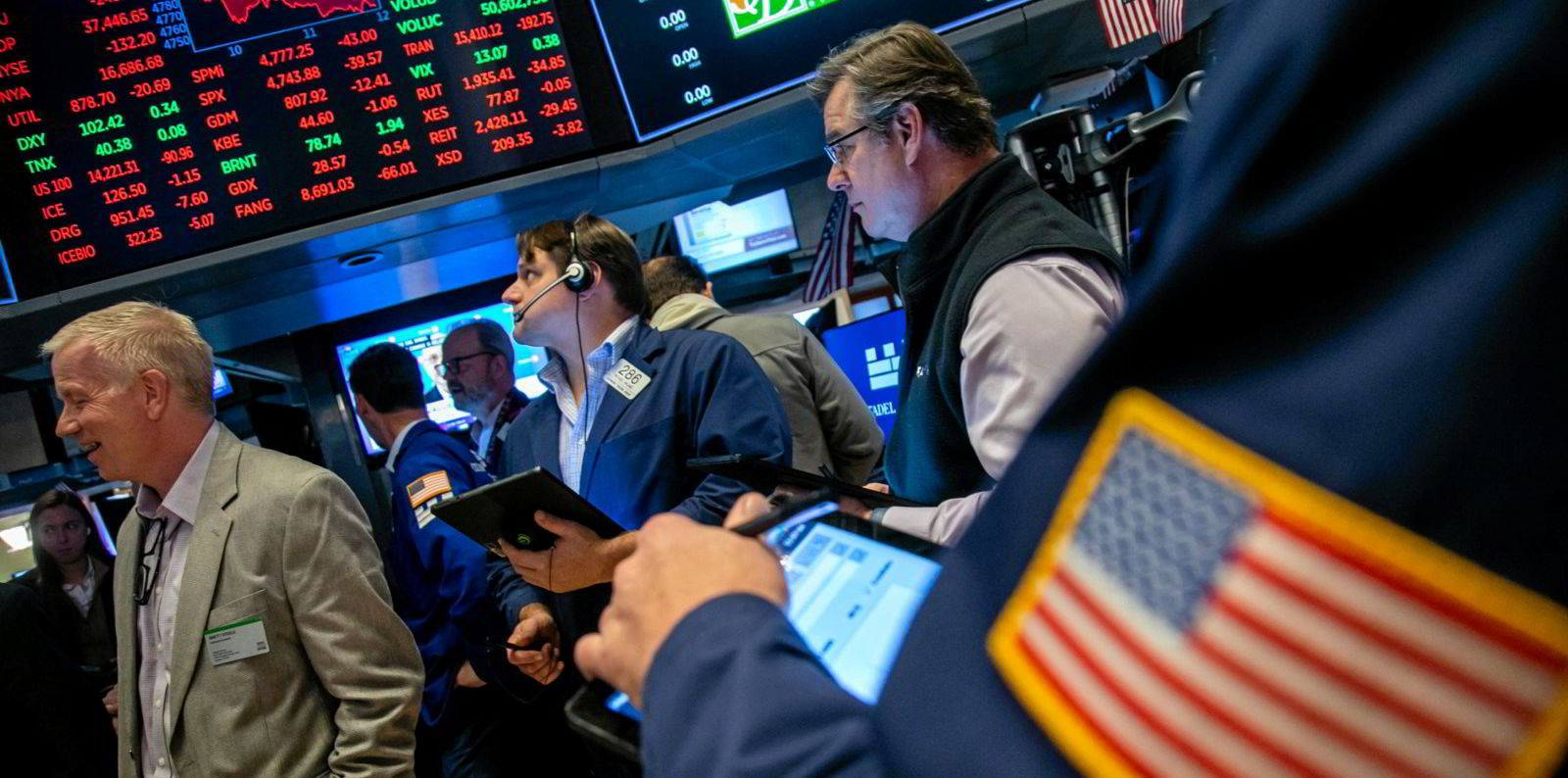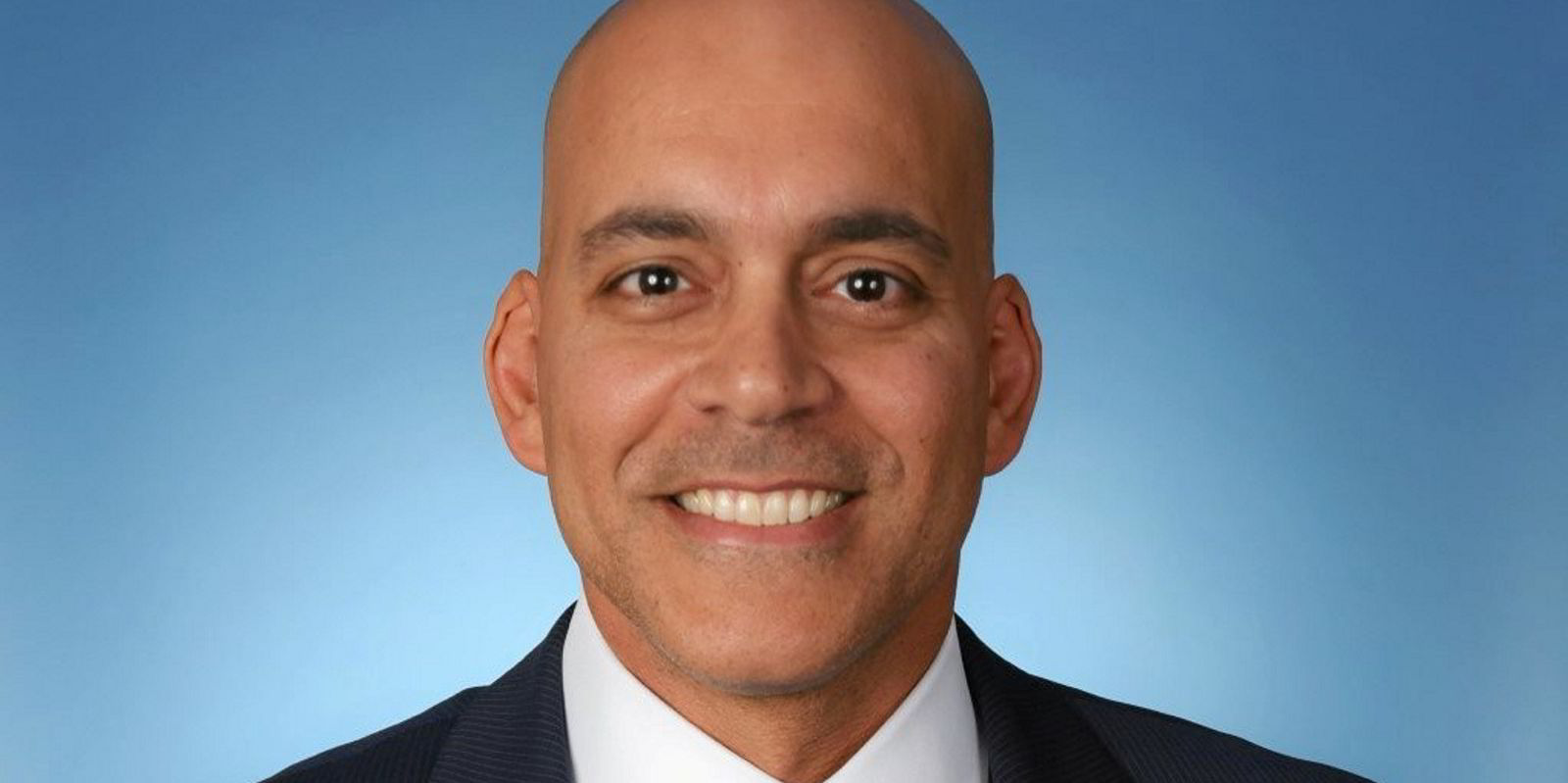There are still plenty of public shipping companies reporting quarterly earnings in a season that starts this week, but their numbers may be on the wane.
Not the earnings figures themselves — those are likely to be fairly robust across most sectors.
We’re talking about the number of companies still choosing to stay public.
After a period of transformation in the 2000s during which a record number of shipowners won public listings, there’s been a subtler but growing counter-trend towards privatisation in the past few years.
A couple of stories at the start of this week gave further evidence of the reversal.
TradeWinds reported on Monday that figures from Clarksons Research showed 2023 to be one of the worst on record for fundraising in public equity markets, whether through IPOs or follow-on offerings.
Embedded within that report: the percentage of the world fleet owned by publicly listed owners has continued a five-year decline, dropping to 13.5% at the end of November 2023 from 15.1% in 2019.
Vessel ownership on the New York Stock Exchange and Nasdaq fell to five-year lows: to 1,958 vessels from 2,298 on the NYSE, and to 221 from 296 on the Nasdaq.
About the same time the Clarksons story was published came another development.
A privately owned shipping group, Saltchuk Resources, renewed its bid to acquire one of the longest-standing names in US public shipowning — Overseas Shipholding Group.
The virtues of being a private owner were stressed by Saltchuk Holdings chairman Mark Tabbutt in an open letter to the OSG board.
“By its nature, shipping has multi-decade investment cycles and shorter-term economic cycles, both of which are better supported by a privately held family business versus being traded in the public markets,” he wrote.
What’s behind the trend? In large part, it’s the notion that investors are not according proper valuations to public shipowners, which by and large have traded below their net asset values (NAVs) for years now.
Put another way, investors are often rejecting the notion that public company management teams add value to the fleets they’re running. On the contrary, they’re assigning a valuation discount to the presence of those executives.
None of this will come as a surprise to veteran investment banker Mark Friedman of Evercore, who gave a dissertation on the state of the merger-and-acquisition market to a Marine Money conference in New York last November.
As Friedman told the audience, go-private transactions have represented the majority of public M&A activity over the past five years, a trend he attributed to “sustained valuation discounts and limited perceived value of being public”.
Among the biggest deals in recent years have been a trio of take-private transactions: Seaspan parent Atlas Corp being acquired last March by insider Poseidon Acquisition Corp; Teekay LNG bought by Stonepeak in October 2021; and LNG player GasLog bought by private equity’s BlackRock in February 2021.
More recently, Greek shipowner Angeliki Frangou carried out a take-private buyout of New York-listed Navios Maritime Holdings with an offer of $2.28 per share in cash.
By Friedman’s list, there were eight such transactions since August 2019, when Greek magnate George Economou took private his New York-listed DryShips after 14 years of trading. It was far from the first time that Economou was at or near the head of a trend.
There are a couple of common characteristics among these deals. One is that there is generally a large controlling shareholder that initiates the buyout. Economou held more than 83% of DryShips. The coalition acquiring Atlas controlled 72.5%. Frangou held nearly 65% of Navios Holdings.
By comparison, Saltchuk’s 21.5% holding in OSG is relatively modest, but it is the largest holder.
A second key factor is that the companies came cheap. They were trading at an average of 60% of NAV at offer, and were acquired for an average of 83%. The only exception: Stonepeak paid 107% for Teekay LNG, but the outfit was trading at 99% at offer.
OSG is thinly covered by equity analysts and its NAV is difficult to pin down. However, finance sources say that by another valuation, its Ebitda multiple has been between 4x and 5x, making it a bargain acquisition target.
OSG has been around as a public company in one form or another since 1969, making it one of the oldest US-listed shipowners. A 2012 bankruptcy filing under earlier management led to a hiccup in its trading before the company re-emerged in 2014. It has not owned foreign-flagged ships since spinning off International Seaways in 2016.

The Sam Norton-led company doesn’t have much of a peer group as a listed US-flag tanker operator, and that may be one of the problems it faces in continuing as a public outfit.
Still, if it is to disappear, it certainly won’t be alone in transitioning to the private world.
Internationally trading tanker owners have only just managed to close most of their discount gap to NAV, but not easily: it took not one but two major geopolitical events — the February 2022 Russian invasion of Ukraine, and the Houthi attacks on shipping in the Red Sea — to get them there.
But listed owners in other trades continue to face major discounts, raising the question of whether the extra costs and scrutiny that come with a listing justify the benefits of playing with other people’s money.
Veteran Jefferies equity analyst Omar Nokta probably summed it up as well as anyone in a conversation with Streetwise last autumn: “We’re just waiting for a day when NAV is the support level, not a target. We’ve had that before, but it was more than 15 years ago. The floor, not the ceiling.”
More ship finance stories
Global shipowner and commercial operator Navig8 Group is believed to be in talks to sell its fleet and pools operation to Abu Dhabi buyers for around $1.2bn. Click here to read.
The Norwegian sovereign wealth fund boosted its $3bn shipping portfolio with tanker and gas stocks last year. The Government Pension Fund Global has stakes in about 45 shipping companies. Click here to read.
Norway’s largest bank, DNB, saw its loans to shipping companies fall 9.3% in 2023. Total loans to the sector shrank to NOK 33.8bn ($3.2bn). Click here to read.






